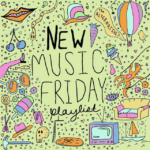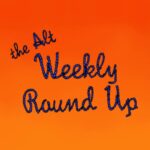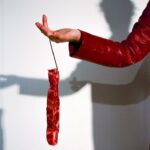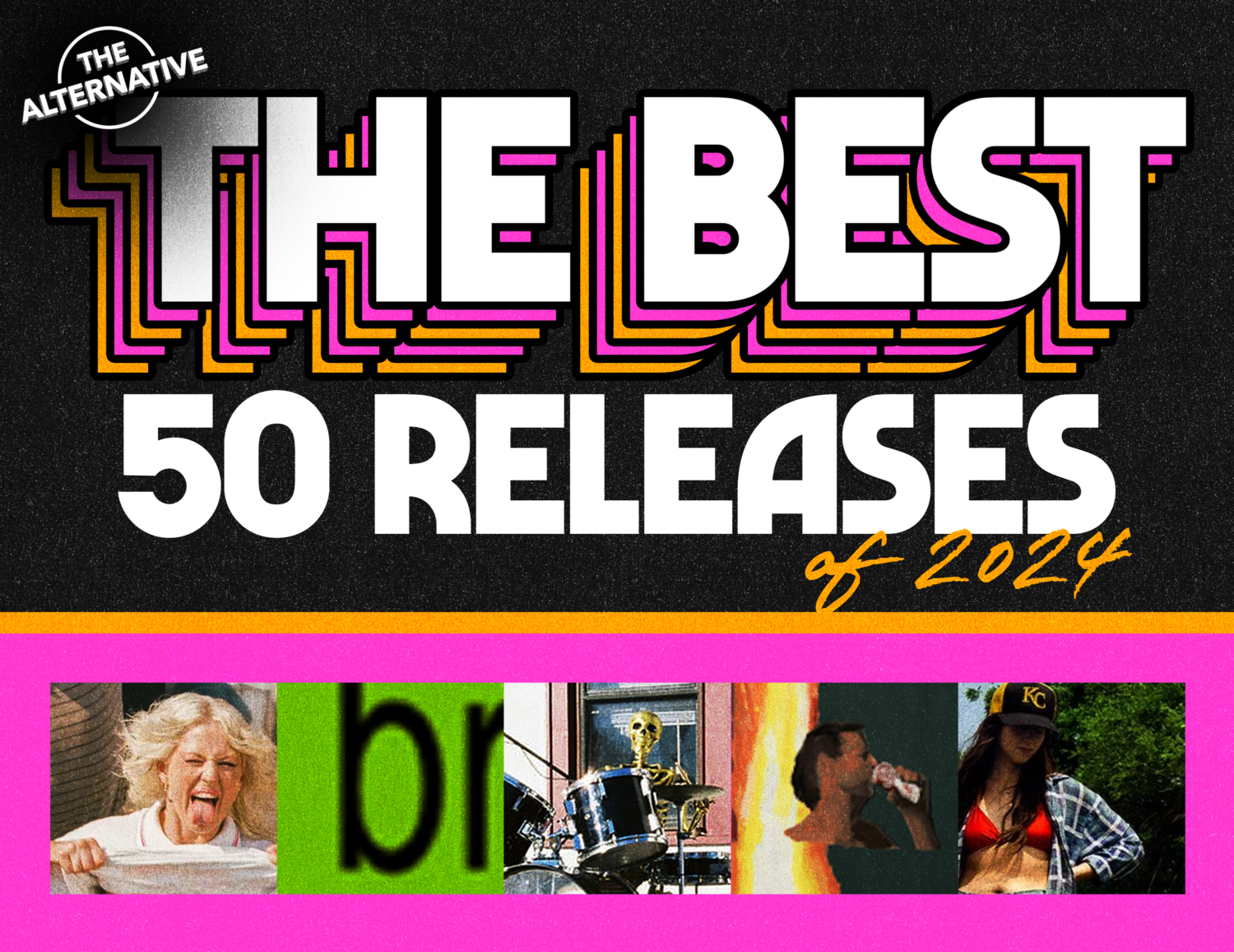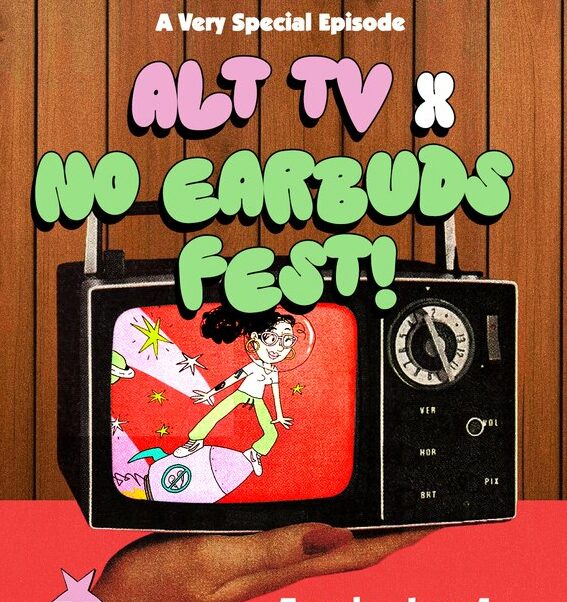Artist Interview: Jordan Krinsky of How Strange It Is
Posted: by The Alt Editing Staff
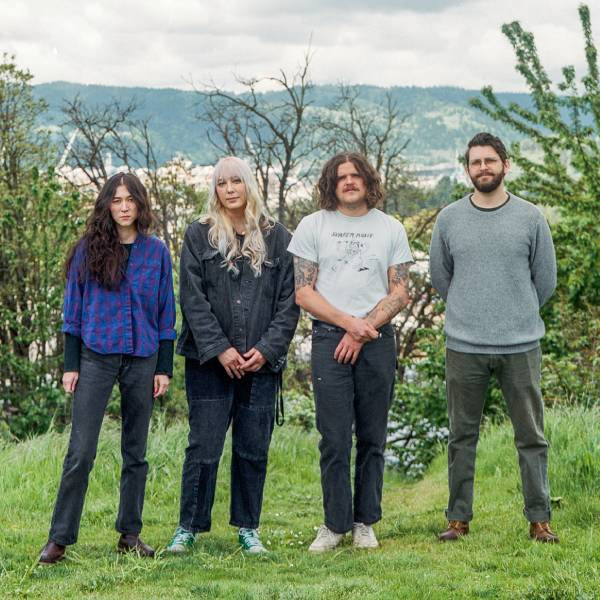
Portland, Oregon, four-piece How Strange It Is taps into the same well of idiosyncratic indie rock that’s been mostly bubbling out of Philly lately. Vocalist Jordan Krinsky points to Alex G and Spirit of the Beehive as inspirations, and that comes through clear as day on their debut LP In the Light of the Blistering Moon. But How Strange It Is have carefully cultivated a sound that’s wholly their own, influenced as much by the laidback west coast lifestyle as by psyched-out Philly alternative. The album dips its toes, variously, into slowcore, shoegaze, bedroom pop, psych rock, and even at times synth pop, but it’s all held together by Krinsky’s slice-of-life songwriting and unobtrusive delivery. We spoke with Krinsky about the record, about Tàr, about Neil Gaiman, and about their upcoming tour.
You started working on this album in December. Correct me if I’m wrong, but in between the self-titled EP and this album, the lineup changed.
Yeah, it changed a couple times. Originally when we started it was Kyle Gordon–still our drummer–and Annie Miranda who played bass in my other friend’s band. Kyle and I were in an emo band together, and Annie I’d never even met before. When I moved to the house I’m in now is when the band really started. My friend Simon ended up moving in, and he’s a great guitarist, but he’s mostly into country and jazz. He was on the first record, but after that, he decided this wasn’t really his genre. I play bass in this other band Yellow Room, and Annie Fifer, who is the singer of that band, she’s in a million bands, so I asked her if she wanted to play guitar for How Strange It Is. There’s a couple songs Simon wrote that she played, but most of the leads on here are her.
How different was the writing of this album versus the EP?
Well, pretty much all the songwriting is me. A lot of the individual parts–filling stuff out–is where the group comes in. Annie Fifer, our lead guitar player, writes a lot of the leads. Benson, who did keyboards on the first EP, him and Simon just came up with a lot of that. That’s the common thread–I write the songs, I bring it together, then we all workshop it together. It has to belong to all of us.
I think then the recording process was different too. I demoed most of the songs here, then gave everyone a chance to live with them more–that gave everyone a chance to be thoughtful for a while with them, then we could improv how we wanted. About half the record we’ve had for a while, and half we wrote like a week before. Annie wrote a lot of her parts in the studio!
That’s interesting, because something I like about it is that each song on the record has a very distinct vibe, but they all fit together really nicely. How intentional was the arranging of the tracklist?
I’d like to say I planned it all out based on some thesis, but it was a lot of how the songs came out. The ones that stick are the ones that stick. Then I started to think of how they piece together. A lot of the songs are gapless–the first two songs were written as one song, but the vibes are so different that I broke them up because I thought it’d make more sense. I think I was able to develop a common thread in my head of what the thesis of the whole thing was, then worked backwards to find a way to make it flow. That ended up slow into heavier then more peaceful and back to heavier at the end. I like the vibes to move together like that. There’s some chaos to it, but there’s a lot of chaos in my brain, so it feels right to me.
One of the most interesting portions of the record is “Home Life” into “Circles” into “Head Holder,” because you can see how each of those tracks work together, bridged with that instrumental piece.
It’s funny you say that since that the A side/B side split, so the record definitely resets there. There were these chill tracks–did you listen to the new Wednesday?
Hell yeah.
“Formula One,” it’s track four, and I asked myself, “Do I have the guts to put a chill song really early on?” I don’t! But I grappled with asking where to pull the mood back, where to insert chill songs. It feels better, I think, flowing through those all together. When I listen to music I usually just listen to a full album, and getting in my head about a tracklist, I have to ask, “What’s the vibe for this occasion?” It’s not consistent across the board. The B side is so chill.
The B side is where most of my favorites are, I think. “Poets” is great, and I love “Watch It Go” as a closer. When I first heard the false ending, it blew my mind.
I saw Young Jesus one time, and they have this song called “Gulf,” and it’s twenty fucking minutes long. Eventually it devolves almost into completely nothingness, and then it comes back in a big way. I didn’t get it at first. When I saw them live, the whole audience–they had them at the tips of their fingers. It was at a festival and I think people were confused, and then it hit me. It inspired “Watch It Go,” and I love that idea of feeling comfortable, lulled in, and then shocked.
What Cate Blanchett movie is it that made you cry? Was it Tàr?
It was Tàr. I saw it in theaters. I rediscovered going to the movies in the fall. I asked people, “What’s the best movie you saw in theaters recently?” My friend Ellie plays trumpet on the album–the bassist in Alien Boy–and said that’s the best movie they’ve seen in years.
Then in “Autumn” you reference Neil Gaiman. Love that. What Gaiman books are you into?
Just Norse Mythology. That’s the only one of his I ever read. I should probably read more. You have a recommendation?
American Gods is probably the best next step.
I’ve been recommended that one before. I’ll check it out. I had finished that song except that line–the whole song was done and I just had nothing there. For the most part we did the whole thing live in the studio, and then I did the vocals all on my own in my studio here. I had no idea what to say there. All I had was that “doom metal music” line, which I thought was funny. When I was reading that book, when I was recommended it, I was told to just listen to Dopesmoker by Sleep and read Norse Mythology. I did, and it was a perfect vibe. That song’s about fall, about grappling with the shitty weather–especially in Portland, the summers are so nice and then the rain forces you in–so you really start to grapple with mental health.
How did you link up with Candlepin?
After we did the self-titled, I got a follow from the Candlepin people, and I guess they dug the EP. I talked to Emmett from Bud Tapes about looping an east coast label in to get the word out and develop more of a cross-country connection. There’s a lot of east coast bands I love! The west coast scene isn’t as concentrated as the east coast scene–and I’m originally from Pennsylvania. I wanted to insert myself into that world, develop those connections. Expanding into that world with likeminded people was what I was looking to do. I hit Aidan up at Candlepin and he was down. It was a good match and a perfect situation.
Bud Tapes, if you don’t know, started to put out Emmett’s project as World Record Winner. Emmett just started putting out everyone’s music. Any friend of theirs who needed a tape, Emmett’d do it. They’re a real DIY person doing it because they love it. There’s no stickiness to it, and it’s really genuine, and I wanted to keep them involved. Aidan’s been great too. It’s a seamless situation and I’m really happy we can do it this way.
You’re going on tour at the end of the month, right?
Yeah, we’re going out with our friends in this band Babytooth. There’s a lot of crossover between us and them–we’re all part of the same incestuous pool of bands. It should be fun.
In the Light of the Blistering Moon is out tomorrow.
––
Zac Djamoos | @gr8whitebison
The Alternative is ad-free and 100% supported by our readers. If you’d like to help us produce more content and promote more great new music, please consider donating to our Patreon page, which also allows you to receive sweet perks like free albums and The Alternative merch.

